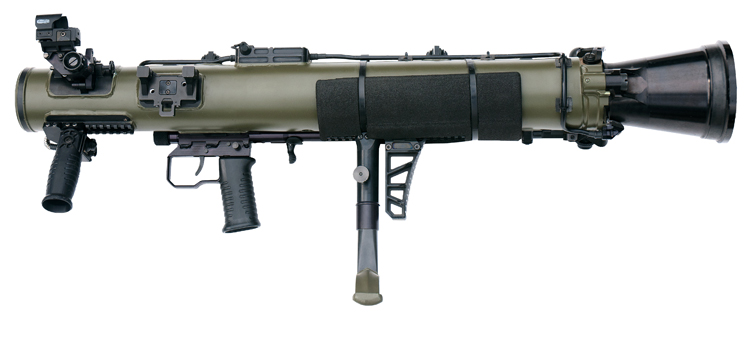INDIAN ARMED FORCES CHIEFS ON OUR RELENTLESS AND FOCUSED PUBLISHING EFFORTS

The insightful articles, inspiring narrations and analytical perspectives presented by the Editorial Team, establish an alluring connect with the reader. My compliments and best wishes to SP Guide Publications.

"Over the past 60 years, the growth of SP Guide Publications has mirrored the rising stature of Indian Navy. Its well-researched and informative magazines on Defence and Aerospace sector have served to shape an educated opinion of our military personnel, policy makers and the public alike. I wish SP's Publication team continued success, fair winds and following seas in all future endeavour!"

Since, its inception in 1964, SP Guide Publications has consistently demonstrated commitment to high-quality journalism in the aerospace and defence sectors, earning a well-deserved reputation as Asia's largest media house in this domain. I wish SP Guide Publications continued success in its pursuit of excellence.
- MoD initiates comprehensive review of Defence Acquisition Procedure 2020, pushes for defence reforms
- G7: The Swansong
- Kalinga Connect: South Asia to Polynesia
- Must Credit DRDO for Operation Sindoor, now what is next for defence R&D?
- The layered Air Defence systems that worked superbly, the key element of Operation Sindoor
- Operation Sindoor | Day 2 DGMOs Briefing
- Operation Sindoor: Resolute yet Restrained
DAC approves two programmes under 'BUY (Indian) IDDM'

On May 28, Defence Acquisition Council (DAC) under the leadership of Minister of Defence Nirmala Sitharaman gave its consent to the procurement of thermal imagers and infrared sensors valued at over 6900 crore. Giving boost to the indigenization, the two approvals are under the 'BUY (Indian) IDDM' of the defence procurement procedure.
According to the press statement issued by the Ministry, the approval was "for undertaking Design and Development of the Long Range Dual Band Infrared Imaging Search and Track System (IRST) for Su-30 MKI aircraft under 'Make II' sub category and subsequently, for procurement of at least 100 IRSTs under 'Buy (Indian-IDDM) category."
The IRST allows fighter aircrafts to identify and track enemy aircrafts through their heat signature and engage them with heat seeking air to air missiles. All modern aircraft come with IRSTs either mounted on its airframe in front of the canopy or on the belly of the aircraft. It helps aircraft to track enemy aircraft without using radars and exposing itself to passive detection. The aircraft with longer range IRST and longer air to air missile will come out winner. The system will be able to operate in day and night conditions and will substantially enhance the capabilities of the aircraft.
Last year, government came out with a questionnaire for the Indian companies interested in making this system. According to the questionnaire, companies will have to ensure 40 per cent Indigenous Composition (IC). The technical requirements also include automatic tracking, ground target detection, output the video data and direct connection to the Multi Function Display of the aircraft. Companies were asked to confirm whether the system would require any structural change in the Su-30 MKI.
All the major fighter aircraft manufacturing countries have IRST capability and acquiring them will take India one step closer towards self-reliance in fighter technology.
In another decision, DAC "approved procurement of Thermal Imaging (TI) Night Sights for the Rocket Launcher (RL) used by the Army and the Air Force under 'BUY (Indian) IDDM' category through established Indian Vendors." This will be for the 84mm man-portable recoil less 'Carl Gustaf' rocket launchers which is used in operations against moving and static targets and field fortifications.
Talking about the need for IR sight system, the release said, "The sight will enable own troops to detect and recognize enemy tanks and soldiers' movement during night and engage them with greater efficiency. Furthermore, the effect of camouflage and concealment will be drastically reduced as RL detachments will be able to ascertain location of enemy taking cover behind foliage and thin walled constructions with greater ease."
In last few years many Indian firms have acquired manufacturing capability in the thermal imaging systems. These two programmes will give Indian firms the much required impetus to their indeginisation efforts.





